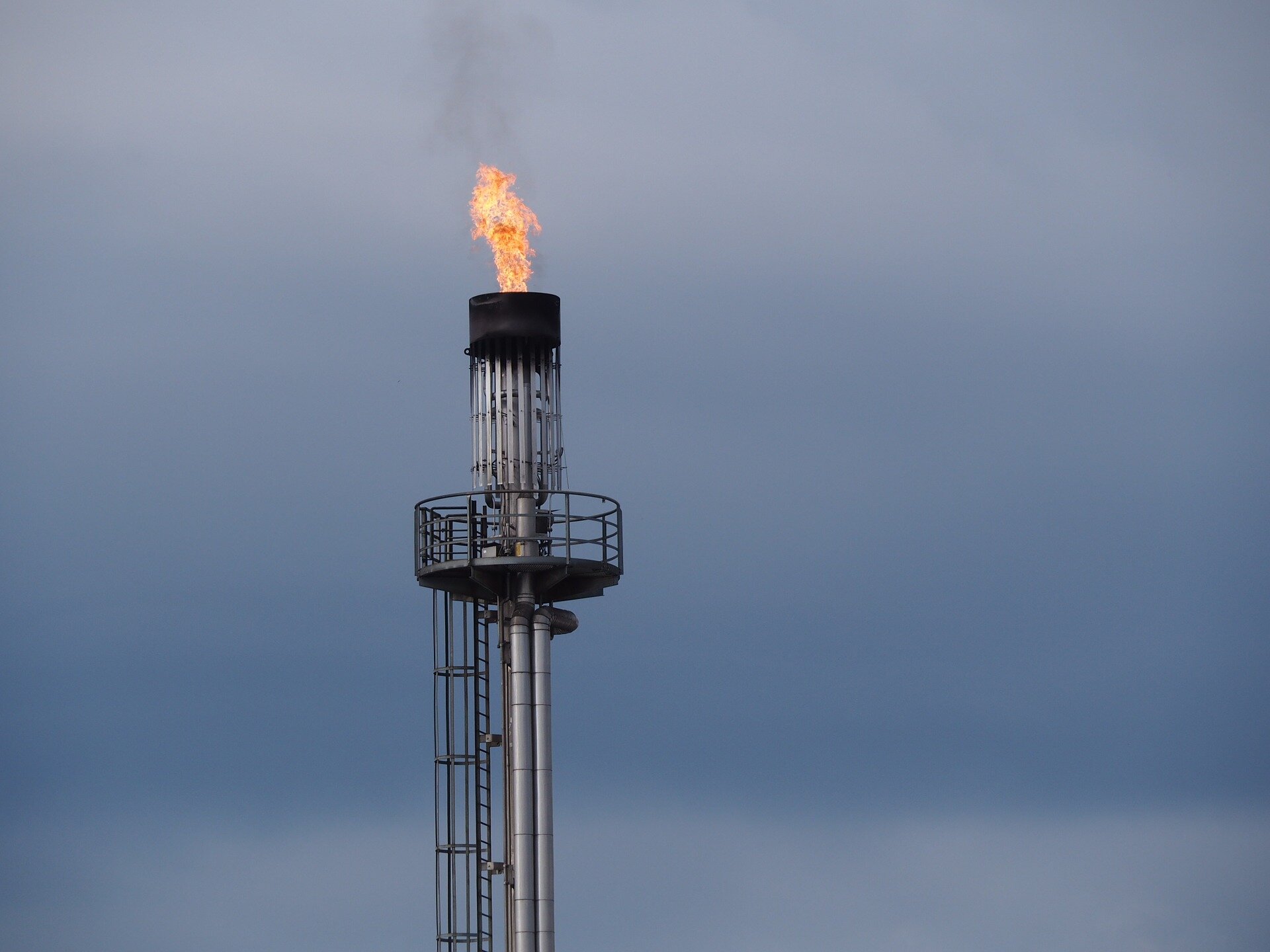
Since the first cargo of American liquefied natural gas (LNG) left a terminal on the Gulf of Mexico bound for Brazil in February 2016, US exports of the fuel have boomed. In 2023 the US was both the world's largest producer of natural gas and its largest exporter of LNG, with exports that year totaling 86 million tons.
Natural gas (methane) is burned to generate heat and electricity. Cooling it to -162 degrees centigrade at an LNG plant turns it into a liquid that makes possible transport internationally using specialized ships, LNG carriers.
Pressure was building on the US president, Joe Biden, and his energy secretary, Jennifer Granholm, to review the legitimacy of new licenses for producing LNG at the end of 2023. On January 26, Biden announced a temporary pause on approvals of pending LNG projects until a review could be completed.
The pause will allow the US Department of Energy to update the basis upon which it determines whether a particular LNG project is "in the national interest". The review will consider the impact of LNG exports on energy costs for American consumers, the sufficiency of domestic supply and the environment, both locally and in terms of climate change.
Biden has not stopped exports from existing projects or construction work on future ones, whether or not they have the necessary approvals. It is only the Department of Energy's approval process that is under review. The Department of Energy authorizes exports to countries with which the US does not have a free trade agreement (FTA) and between February 2016 and November 2023, 80% of all US LNG exported by vessel went to non-FTA counties, among them China, Japan and all European importing countries. In 2023, Europe alone accounted for 60% of US LNG exports.
So, the "pause" will not stop a massive expansion in the capacity of the US to make and distribute LNG. Enough terminals are being built to add 70 million tons of LNG a year, bringing total annual capacity to 160 million tons by 2028. The pause will at least affect the dozen or so terminals yet to be decided on (amounting to about 50 million tons a year).
It is unclear how long the pause on regulatory approvals will last, but an outcome is unlikely before November's election. The spotlight on US LNG exports is at least a chance to question whether gas should have a place in the energy transition.
This article is republished from The Conversation under a Creative Commons license. Read the original article.![]()
Citation: US 'pause' on future liquefied gas exports throws doubt on fossil fuel's place in energy transition (2024, February 12) retrieved 12 February 2024 from https://techxplore.com/news/2024-02-future-liquefied-gas-exports-fossil.html
This document is subject to copyright. Apart from any fair dealing for the purpose of private study or research, no part may be reproduced without the written permission. The content is provided for information purposes only.
